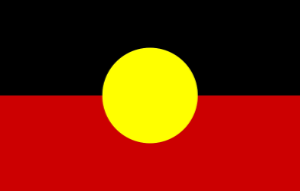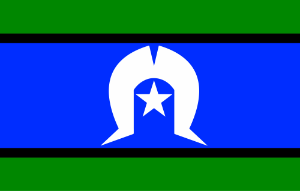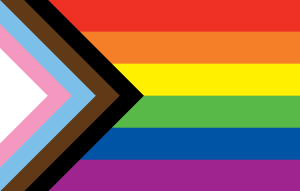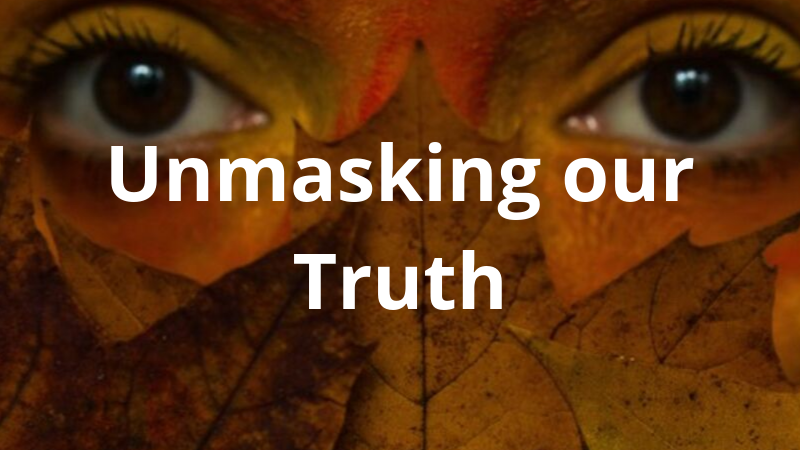Unmasking our Truth
Daring to be Vulnerable
Recently, a children’s support group session at ‘A Friends’ Place’ focused on the way we all use masks at times when we are grieving. In that session, the children demonstrated a high level of self awareness, and openly disclosed when and how they used protective masks. Sitting in on the team discussion afterwards restimulated my thoughts about masks in general, their history and social uses.
I remembered reading that masks have been used creatively for many centuries in a wide variety of settings, and for many different reasons. They have been used in religious rituals to transcend the mundane and connect with spirit. In other instances, they have been used to tell stories, to celebrate, to allow people to disinhibit, to link past and present, to provide protection against disease or enemy, and for rituals of initiation. They have also been used to indicate social status and as art forms.
Masks create fear when they are used to intimidate, confuse, discipline, punish or terrorise, and to maintain power and control. We tend to fear what we can’t see clearly or interpret, and from infancy, study facial expressions to help us decide who we are attracted to, who we can trust, who is friend or foe.
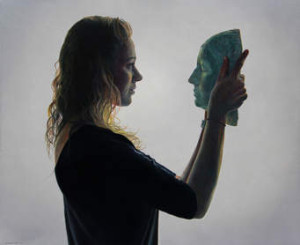 In our 21st century culture we are probably all familiar with the use of psychological masks. We all wear these masks at times, usually for self protection or the protection of others, but sometimes to seduce, control, amuse, confuse or frustrate. We are all familiar with the frustrating masks worn by politicians to prevent public access to truthful information, or access to the political secrets that are deemed too dangerous to be in the hands of the unintelligent or uninformed masses. Sometimes that fear is justified and it is in our best interests for those to whom we have entrusted our safety and well being to ‘breast their cards’. At other times, political secrets serve the needs of those intent on maintaining power and control.
In our 21st century culture we are probably all familiar with the use of psychological masks. We all wear these masks at times, usually for self protection or the protection of others, but sometimes to seduce, control, amuse, confuse or frustrate. We are all familiar with the frustrating masks worn by politicians to prevent public access to truthful information, or access to the political secrets that are deemed too dangerous to be in the hands of the unintelligent or uninformed masses. Sometimes that fear is justified and it is in our best interests for those to whom we have entrusted our safety and well being to ‘breast their cards’. At other times, political secrets serve the needs of those intent on maintaining power and control.
As parents we often model a similar process, keeping potentially harmful information from our children in order to protect them, at others because we consciously or unconsciously enjoy the power that secret holding engenders. We insist on our children telling the truth, and punish them for lying or withholding information, a stance that may convey the message ‘do as I say, not as I do.’
Children often ask us questions of genuine enquiry and are given evasive or untrue answers. Our responses may cause them to eavesdrop to glean more information, to doubt themselves or us, and retreat into themselves, fearing they are the cause of our decision to wear an indecipherable mask.
We have a right to keep some secrets, such as those about our intimate relationships. We can let our children know that some answers are ‘off limits’ and do so in a way that doesn’t make them feel as if they are being punished or patronised. Children too have a right to privacy, increasing in scope as they mature and prove their trustworthiness.
Truth sometimes hurts
When we were children, my sisters and I would brace ourselves every time one of our aunts prefaced a conversation with the words “I pride myself in telling the truth.” Her truth was usually delivered like a blow below the belt. The way in which we share potentially hurtful truths is paramount. Truth can be confronting, but if given in a sensitive and constructive way, it can be what I describe as ‘an invitation to grow’. Most of us will have heard the quote ‘the truth can set us free’, and it can. Truthful responses to our genuine questions help, and we can set ourselves free when we stop ‘swallowing our distress’ and make the decision to share our truth with a trusted other.

We know from personal and professional experience, confirmed by research, that access to truthful information and inclusion in family experiences, rituals and discussions has the potential to increase children’s resilience. Children learn to manage difficult life situations more effectively when they learn to trust that ‘in this family there are no taboo questions’, even if some answers can’t be given at that time, as long as our withholding makes sense to them.
Politicians might well learn from this knowledge. How differently might we all react as constituents if we trusted that we had access to truthful information when needed, that our questions and opinions were respected and valued, and had some impact on decision making?
If truth is important, how do we teach children the how, when, where and who of sharing their truth? How do we teach them the positives and potential negatives of wearing ‘masks’? Truth delivered like a body blow is likely to make anyone – child or adult – feel defensive; delivered with sensitivity, the same information can be received by our undefended receptor sites and allow the best in us to react and respond.
Learning how to fit into our society, to be accepted, sometimes involves simple everyday social rituals that require us to wear masks. For example, when we greet people in the street or other public settings, we usually do so with a greeting like ‘hi, how are you?’. Most of us don’t expect an answer other than a version of ‘fine thank you.’ If Joe Blogs breaks the ‘social rule’ by proceeding to tell us about the state of his health in infinite detail, we are likely to avoid him in the future.
How can we tell if the same greeting is a genuine question about our well being and deserves an equally genuine response? Facial expression and voice tone usually give us clues, unless of course the questioner is skilled at pretending, at wearing a mask.
Secure children, those brought up in homes that don’t generate fear, tend to respond in some detail to the same question. We tend to think their responses are ‘cute’ when they are very young, less so if they haven’t learnt the social rule as they get older. How contradictory and confusing it must seem to children when we urge them to ‘always tell the truth’, then seemingly encourage them to lie?
How do we teach them the safe when, who to and how of social disclosure? A simple example might be one around the same familiar question of ‘how are you?’ If the question is asked by someone they trust, and our initial response of ‘fine thank you’ is followed up with a genuine enquiry along the lines of ‘but how are you REALLY?’, we may choose to make ourselves vulnerable and unmask the truth by saying simply ‘sad’, ‘worried’, ‘happy’, ‘scared’ or ‘angry’.
Unmasking truth in this way becomes a process, almost like the gentle steps in a dance of genuine connection, sharing our ‘self’ with someone who is also willing to remove their mask when appropriate to join us in our emotional circle. When disclosure happens in this way, we don’t have to fear our truth being misunderstood or misused. We can teach our children that until trust has been earned, we all have a right to protect our vulnerability with a ‘mask’, as long as mask wearing doesn’t become so fixed in place that we forget who we really are.
We also have a right to protect others we care about, or who are vulnerable, by wearing a ‘mask of evasion’. We can teach our children creative ways to say ‘pass’ when asked questions they don’t want to answer at that particular moment, or that we may not want them to answer.
Ideally, we should make life safe enough in our families, schools, and some of the wider society so that we can ‘unmask’ different aspects of our thoughts, feelings and behaviour more often. Each moment of ‘unmasking’ in a safe setting can help lift a burden from our shoulders and set us free to be truly ourselves. These moments can reduce feelings of loneliness and allow us to savour the joyful and fulfilling experience of intimate emotional connection with another.
Unmasking our Grief
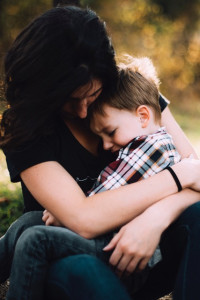
In the first minutes, hours and weeks after someone we love dies, the impact, like a body blow, may take our breath away. We regress and respond in ways that express our internal vulnerability – our familiar fight (protesting, shouting, screaming), flight (retreating to a safe place internally or externally), or freezing (mask like face, difficulty thinking, speaking or moving) reactions. We are disinhibited to some extent, protected by shock from caring about the censure of others.
Shock slowly wears off and we consciously or unconsciously begin to read the silent or spoken language of others – usually well meant, but the underlying message is ‘don’t lay too much of your pain on me.’ Whatever tolerance level folk have for the pain of others, most people will need us to show only as much as they have the ability to help or ‘fix’ in some way. Anger tends to make others afraid, to move away, wishing we would simply show our grief.
How do we make them understand that anger may BE our grief?
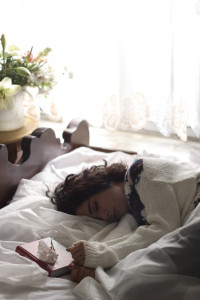
If we cry buckets of tears, or emit the injured animal sounds of raw grief, they may begin to suffer from the pain of helplessness. Grief tends to make us hyper sensitive to pain of any description, so the pain of others will quickly serve to reverse roles so that we take care of the helper. Our tears will dry quickly, our anger dissipate as we mumble apologies. ‘Sorry for upsetting you.’
Grief quickly retreats to the private arena of our own room, under the shower, on a lonely beach, or in the car on the freeway. In need of approval, and fearing rejection, we don our public masks, and soldier on. Soldiering on has a positive side – we still have to function in the everyday world and carry out necessary tasks if we intend to survive. But we need respite – safe places where we can remove our masks; safe people who will let us be without trying to fix our pain. We need to unmask our grief, release the pressure valve.
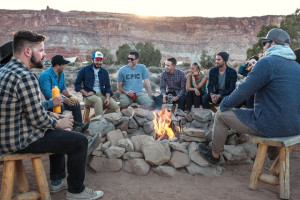
Sport and other energetic activities serve this purpose for some, while others are fortunate enough to have compassionate relatives, friends and colleagues who will be silent or conversational companions when needed or provide enjoyable distractions when enough is enough.
One of those safe, companionable havens is ‘A Friends’ Place’. Masks are not necessary but will be respected if initially needed. As trust develops, counsellor and client slowly join forces to find the path ahead
Help
Help is always available – at ‘A Friend’s Place’ or by contacting our outreach service.
Dianne McKissock OAM
NCCG Outreach Support Service
Email support for dying and bereaved people and anyone involved in their care
